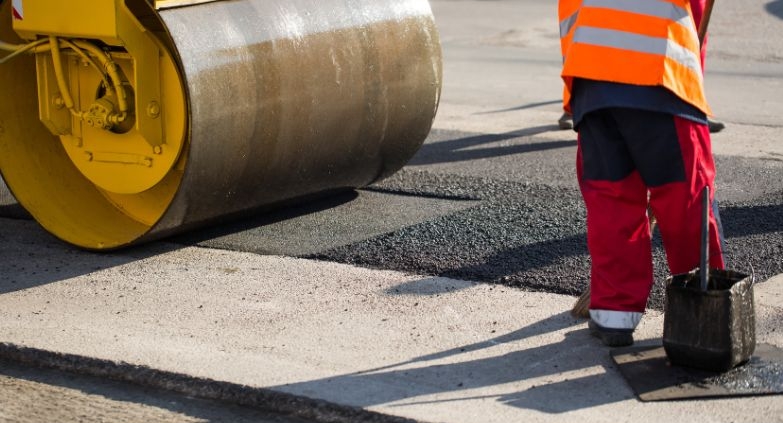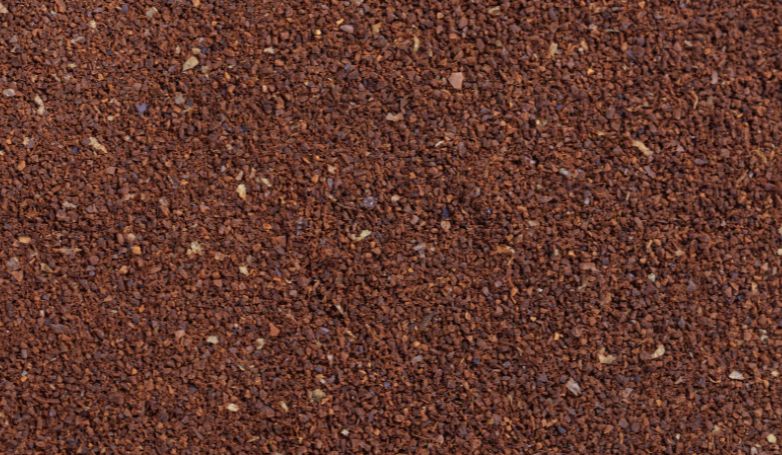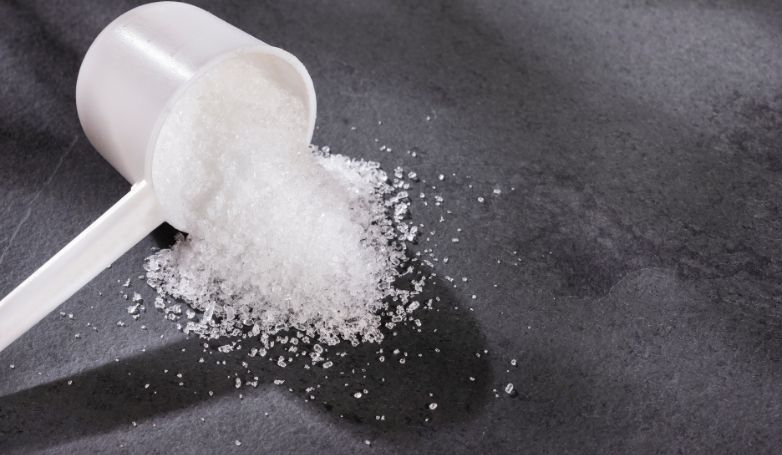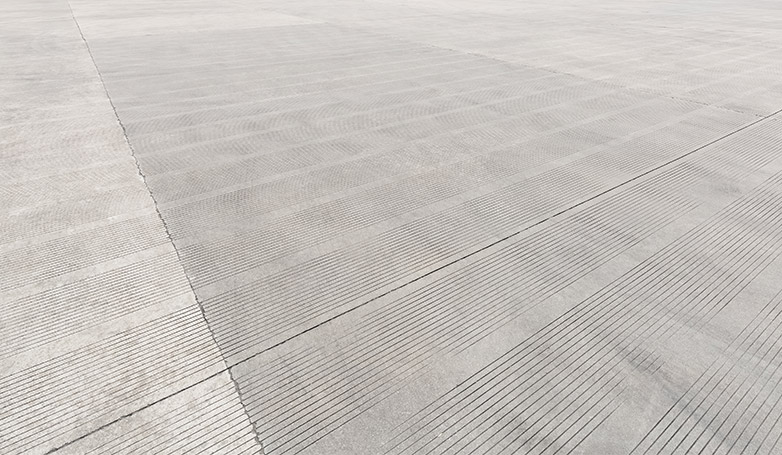Concrete roads have for long been one of the most popular and trusted road construction options. They possess great strength and durability that makes them ideal for long-term road construction projects. They are used for constructing highways, interstate roads and in high-traffic locations. If you take a drive around your city today, you probably will also be driving over a concrete surface.
Concrete roads are by mixing portland cement, water and aggregates. The aggregates could be one or a combination of sand, gravel, crushed stone, and sometimes additives. A well-constructed concrete road can also provide at least 20 years of durable and smooth driving surface that can withstand heavy loads and harsh weather conditions.
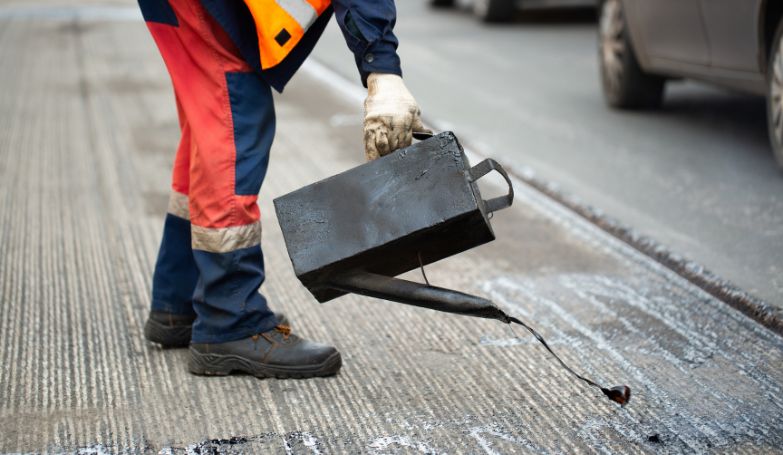
Concrete roads are increasingly becoming the go-to choice for road developers who prioritize longevity and durability. While its initial cost may seem expensive, especially in comparison with other road types, its longer lifespan more than makes up for this.
What Is a Concrete Road?
A concrete road is built using a mixture of cement, water and sand, gravel or crushed stone. This mixture is referred to as a concrete mix and it is the sole binding agent for every construction project. Asphalt and tar roads use bitumen – a less eco-friendly option, as their binding agent. The mix, formed by blending portland cement, water and aggregates results in a very strong and durable road that can also serve road users for decades. This is why it is fondly called rigid pavement.
Constructing a road is a meticulous multi-step process and each step of the process must be carefully executed. The process starts with preparing the site by ridding it off any debris or vegetation. The concrete mix is then created by using a mixer to combine portland cement, water and aggregates. It is important to ensure that each constituent element of the mix is combined in the right proportions.
What Are the Benefits of Concrete Roads?
Concrete roads provide a lot of benefits to both road users and road builders. Some of these benefits are:
Durability and Longevity
Rigid pavement are usually very durable. Heavy loads and extreme weather conditions handles by them very well. They can withstand extreme weather conditions like heavy rainfall, heat, snowfall or blizzards. They last longer than other types of roads like asphalt roads or tar roads. This durability means there would be no need for frequent repairs over the road’s lifespan. Thus reducing maintenance costs over time.
Smooth and Safe Driving Experience
The durability of concrete roads means fewer cracks and potholes on the roads, making the roads very safe for drivers. This reduces wear and tear damage on the vehicles. They also have smooth and even surfaces that make driving easy and enjoyable. Their durability and smoothness culminate in them being safer than other types of roads.

Eco-friendly and Sustainable
Rigid pavements are very eco-friendly and sustainable. They have smooth surfaces which makes vehicles fuel efficient. Vehicles consume 15 – 20% less fuel on concrete roads than on asphalt roads. This means vehicles emit less carbon. It is also recyclable and thus a more sustainable option. Old concrete can be crushed and grounded. The grounded concrete can be reused as aggregates for new paving projects.
Cost-Effectiveness in the Long Run
Additionally, they require minimal maintenance. This means little or no expenditure of funds and resources on repairs. Thus, the only significant expenditure is the initial outlay. You would not need to bear any significant maintenance cost throughout the road’s lifespan.
Load-Bearing Capacity
The strength and durability of concrete roads make them suitable for areas with heavy traffic loads. They can also comfortably accommodate heavy load-carrying vehicles like trucks and tankers without considerable damage to the surface. Thus, they are suitable for highways, industrial areas and locations with heavy traffic volumes.
Aesthetic Options
The smooth and even surface of concrete slabs makes it ideal for aesthetic customizations. The surface can be textured, painted or stamped to enhance their visual appeal.
Concrete Roads Vs. Asphalt Roads
Concrete and asphalt are the two most popular solutions for road construction. Here we look at the similarities and differences between these two types of roads. We will consider their material composition, lifespan, appearance and costs.
Similarities
Concrete and asphalt roads do not share a lot of similarities. The major similarity between them is their functionality. Like all other kinds of roads, concrete and asphalt roads serve as a transportation infrastructure. They are also both provide surfaces for people and vehicles to travel on.
They also offer sustainable, safe and reliable surfaces for all transport network. Although the degree and sustainability of this safety and reliability differs between the two.
Differences
There are several notable differences between concrete and asphalt road solutions. We look at these differences in detail below.
Material Composition
Concrete roads are made from a mixture of cement, water and aggregates. Asphalt roads are made using bitumen. Bitumen is a black viscous substance derived from petroleum residue.
Durability and Lifespan
They are generally more durable and have a longer lifespan than their asphalt counterpart. Concrete roads can last between 20 – 40 years with minimal maintenance. While asphalt roads have a lifespan between 7 – 14 years.
Cost
The initial construction cost is higher than that of asphalt. In fact, concrete roads cost about 50% more than asphalt roads initially. They cost about $4.00 to $6.00 per square foot while asphalt costs about $2.00 to $4.00.
However, while asphalt roads may seem like the cheaper option initially, concrete has proven to be the most cost-efficient choice in the long term. This is because the costly initial outlay will also give you almost twice the lifespan of the seemingly cheaper asphalt alternative. So on a lifespan cost basis, it is estimated to be about 20 to 25% cheaper than asphalt pavement.
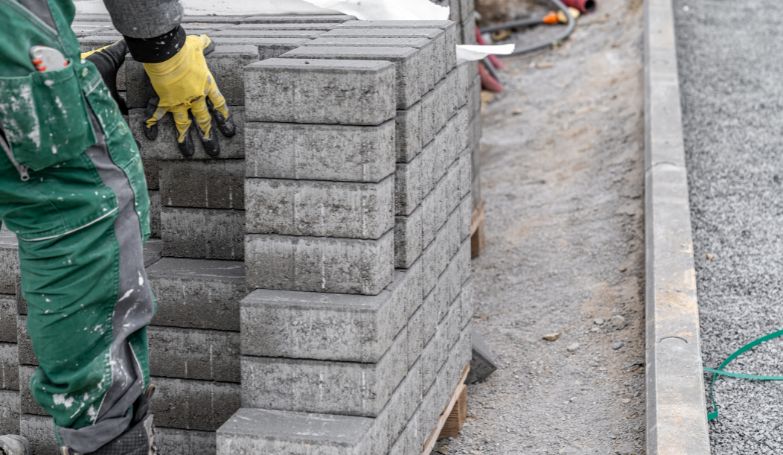
Environmental Impact
Concrete roads are more environmentally friendly as they use less energy during the construction process. Bitumen, which is the major material used for making asphalt roads, is obtained by distilling petroleum. This process of distillation is very energy-intensive and emits a lot of carbon.
They are also fuel efficient, thus leading to less carbon emitted by the vehicles plying their surfaces.
Driving Experience
Modern asphalt roads are quieter than concrete roads, thus leading to a more pleasant driving experience. It also provides better traction and skid resistance. It is not as grippy as asphalt. So to provide traction the surface is textured to become more grippy. This makes it less smooth and noisier than asphalt roads.
How To Build Concrete Roads in 10 Steps
Construction is a meticulous multi-step process. In this section, we look at each step of the process in detail.
1. Site Preparation and Sub-Base Installation
The first step in the concrete road construction process is preparing the site on which the road is to be constructed. The site is cleared of all vegetation or debris on the soil’s surface. Sub-base installation is important to prevent water accumulating under the surface of the road to be constructed. We also ensure that a proper drainage system is in place to facilitate water runoff. We ensure a compact sub-base either by compacting the soil or layering aggregate materials. The sub-base serves as a solid foundation for the road.
2. Concrete Mix Design and Batching
Concrete mix design is the process of finding the optimal mix of cement, water, aggregates and additives. To find the optimal mix for your construction project, there are a few factors to consider. These factors also includes the expected traffic load on the road and the weather conditions in the area. These factors help to determine the right proportions of each constituent material of the mixture. However, Batching is the process of meticulously mixing these materials (cement, water and aggregates) according to the mix design.
3. Paving and Finishing
When the concrete mixture is ready following the batching process, it is poured carefully onto the prepared site. Workers use tools like trowels and screed to carefully spread the mix across the site’s surface. The tools are also used to ensure that the mix is spread evenly and smoothly.
4. Curing and Quality Control
After the mix is in place, it is left to cure properly. Curing is the process of maintaining the moisture and temperature conditions of freshly placed concrete for a specific duration. This also allows for the hydration of the cement, thus ensuring the proper hardening of the concrete. After curing, the surface is inspected to ensure it meets quality control requirements.
5. Expansion Joint Installation
Expansion joints are not installed in all roads. They are particularly necessary in areas with significant temperature fluctuations. Expansion joints are installed in strategic locations along the road to accommodate temperature-related expansion and contraction of concrete. These joints prevent cracking and maintain the road’s integrity over time.
6. Sealing and Jointing
Sealing and jointing involves the process of applying joint sealants to the expansion joints and other joints on the road. The sealant prevents water infiltration through the joints. This process ensures the long-term durability of concrete roads.
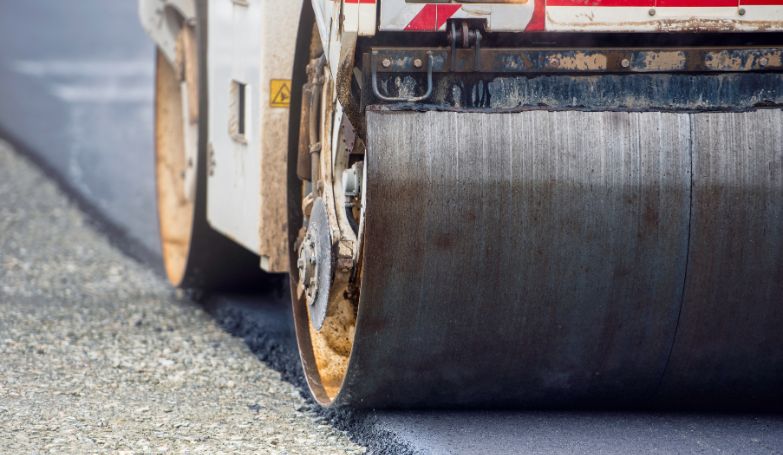
7. Surface Treatments
Surface treatments are applied to produce the desired surface finish and appearance. Texturing, coating or stamping are examples of surface treatments that are applied on concrete pavement. These treatments can also enhance skid resistance and also improve the road’s aesthetics.
8. Marking and Signage Installation
Road marking and signs are crucial for ensuring safe and efficient traffic flow. Lane markings, zebra crossing lines, traffic signs, warning signs and many other signs are installed to provide guidance to drivers and pedestrians.
9. Cleanup and Site Restoration
At this stage, the concrete road construction is essentially complete. We now need to clear the newly constructed road of all equipment, temporary structures and accumulated debris. The surrounding area is then restored to its original or designated state.
10. Opening to Traffic
After all the previous stages have been carefully undergone and completed, your concrete construction process is finally complete. The newly built road is then opened to users to serve it purpose.
Concrete Road Barriers
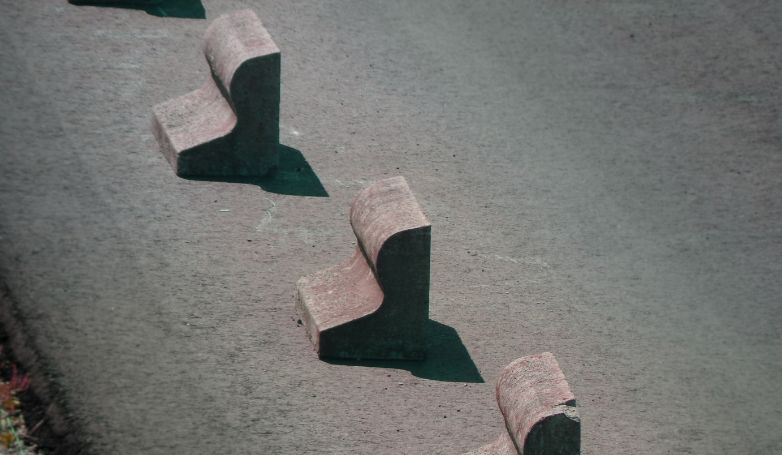
Concrete road barriers are designed to enhance road safety and mitigate the impact of road accidents. They are able to absorb impacts upon collision and prevent vehicles from running off the road.
Types of Concrete Road Barriers
There are several types of concrete road barriers. The 3 major ones are
New Jersey (F-shaped) Barrier
The New Jersey barrier is one of the most widely used road barriers. It is sometimes called the F-shape barrier because it is shaped like the letter F when viewed from one end. It is designed to redirect vehicles safely in case of a collision. This is commonly used as roadway dividers to separate lanes of traffic.
T-Wall Barrier
T-Wall barriers, also called Texas barriers are large concrete barriers used mostly for military or security purposes. They are T-shaped, with a horizontal top attached to a vertical section that extends into the ground. They are built to withstand impact and blasts, and are thus suitable for securing military installations.
Rigid Barriers
Rigid barriers are built with reinforced concrete. They offer maximum protection and are used in places where extreme safety measures are necessary.
Benefits of Concrete Road Barriers
Here are the top four benefits of concrete road barriers.
Safety
Concrete road barriers prevent vehicles from veering off the road or colliding with obstacles. Thus, reducing the risk of accidents and injuries
Traffic Control
Concrete barriers help coordinate traffic flow by separating traffic lanes and preventing illegal maneuvers.
Protection of Vulnerable Areas
Concrete road barriers are placed around areas like steep slopes, bodies of water or pedestrian walkways. Therefore, This guards against accidents involving run-off-the-road vehicles.
Reduced Severity of Collisions
When collisions occur, concrete road barriers absorb the impact and redirect vehicles. This reduces the severity of the collision impact and the likelihood of fatalities.
Installing Concrete Road Barriers
The steps involved in installing concrete road barriers are
- Assess the site and determine the type of concrete road barrier that is most suitable.
- Prepare a stable foundation for the barrier.
- Place the barriers securely on the ground. Ensure they are anchored firmly to the foundation.
- If multiple barrier units are also used, ensure they are properly joined and aligned.
- Thoroughly inspect the barrier to ensure it is correctly installed and meets the requirements.
- Regularly inspect and maintain the barrier to address any damage or signs of deterioration.
Conclusion
When it comes to road surface construction, concrete is king. Concrete roads are strong, resilient and long-lasting – everything you need in a road. So next time you or your city planning council want to embark on a road construction project, think concrete.

